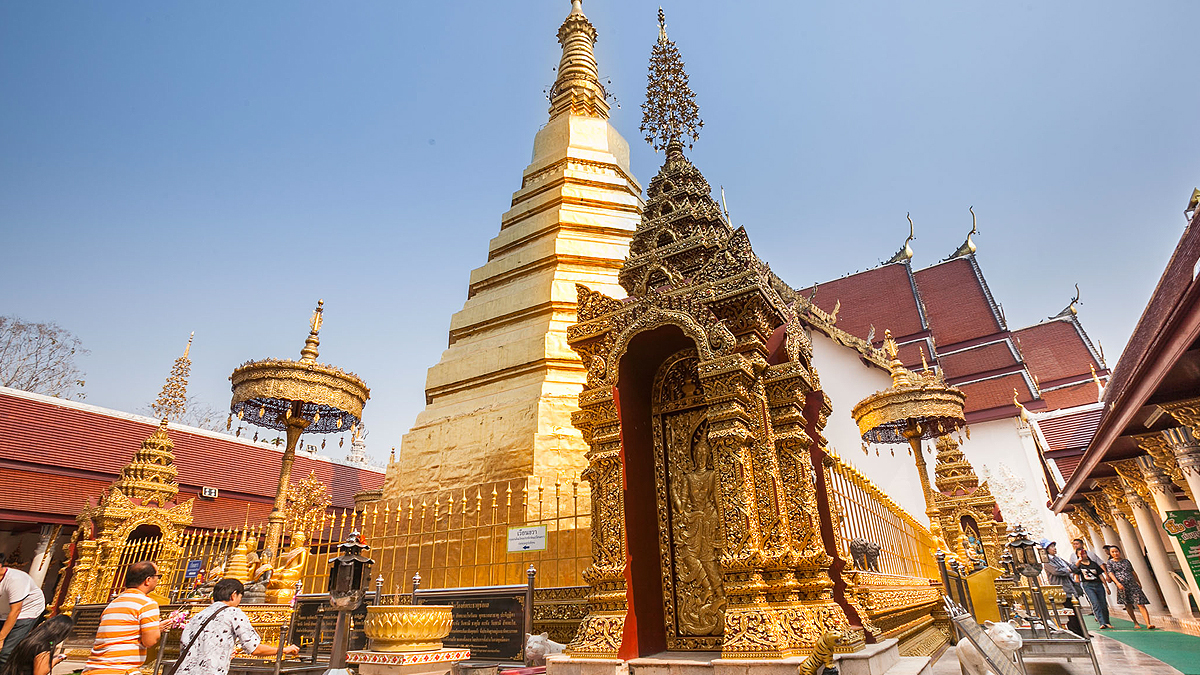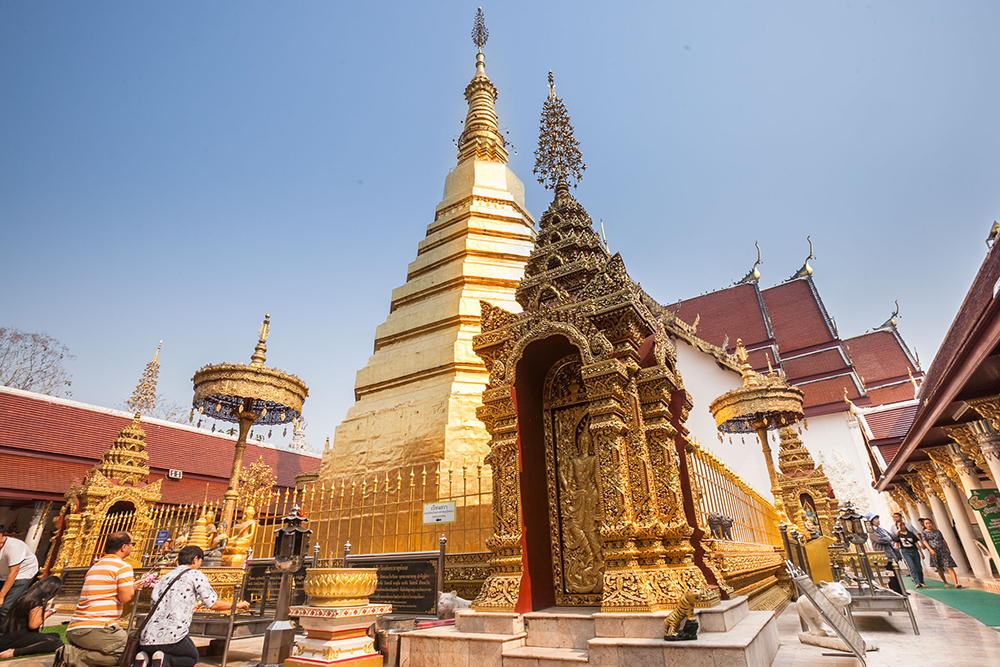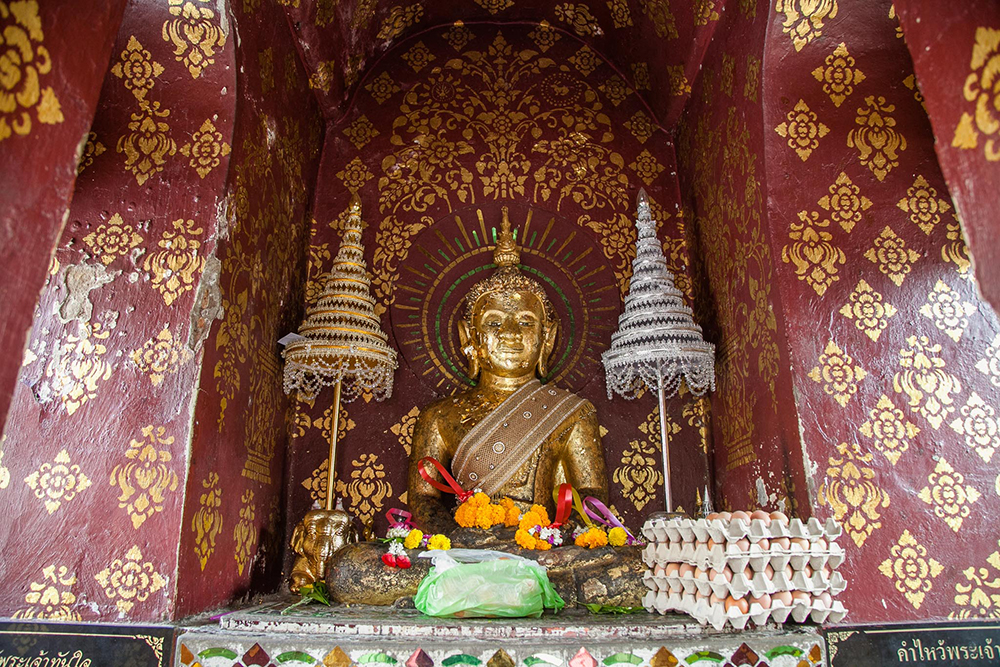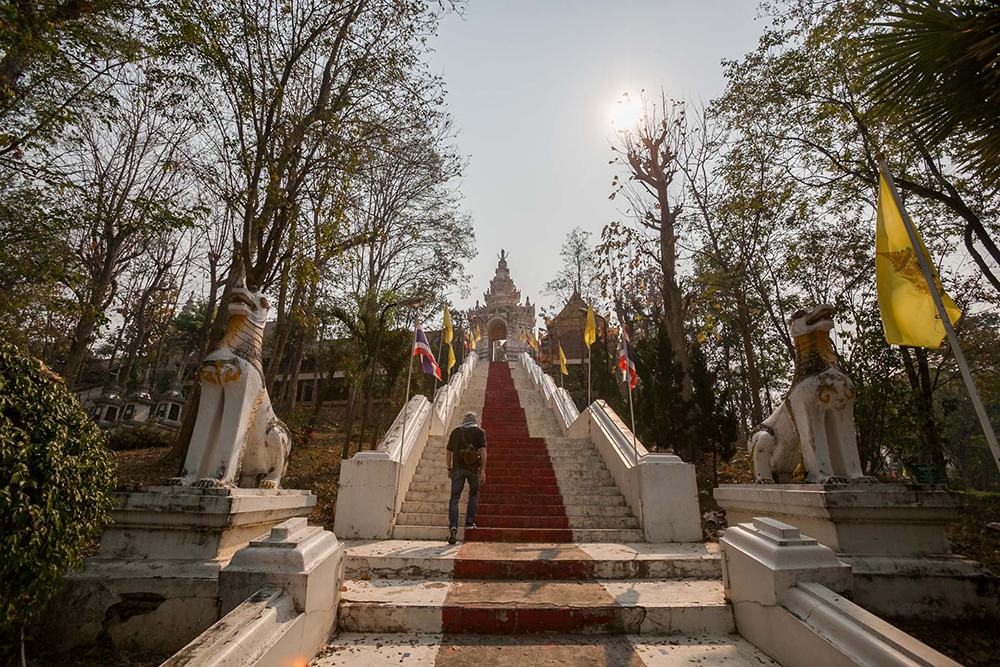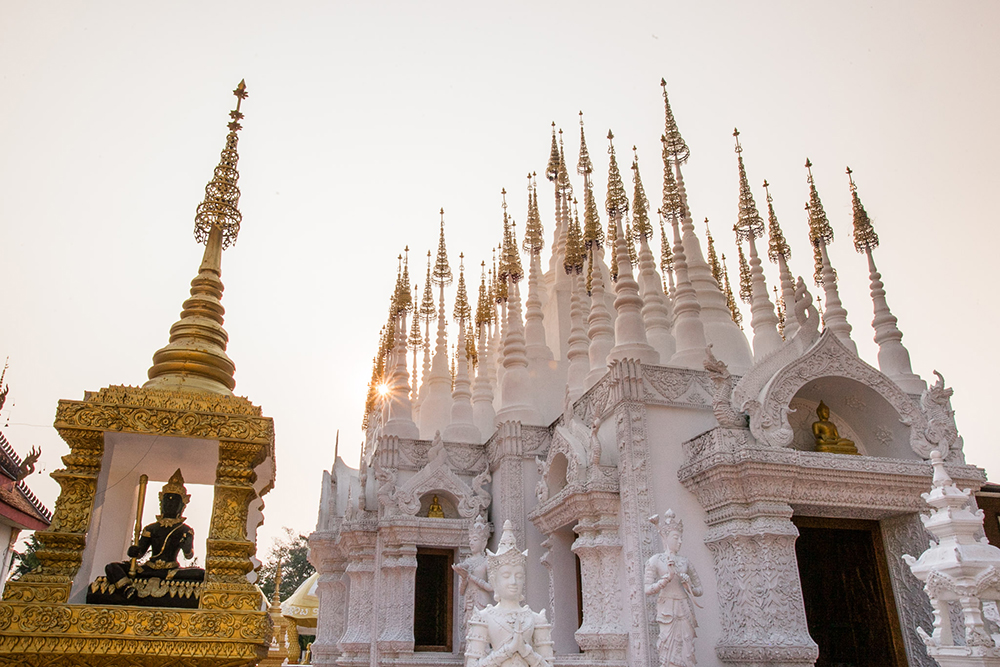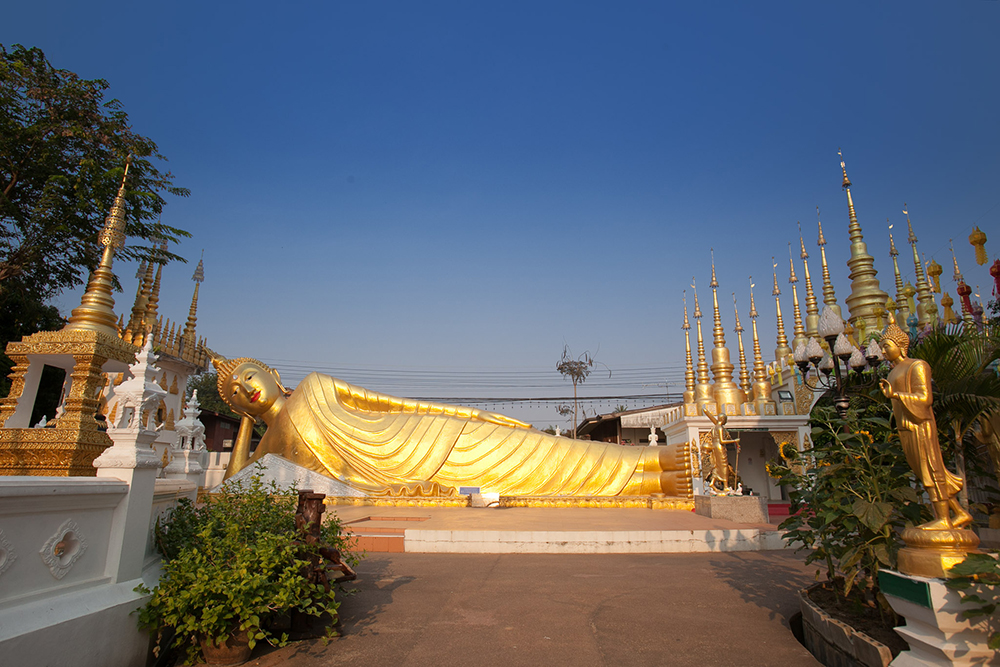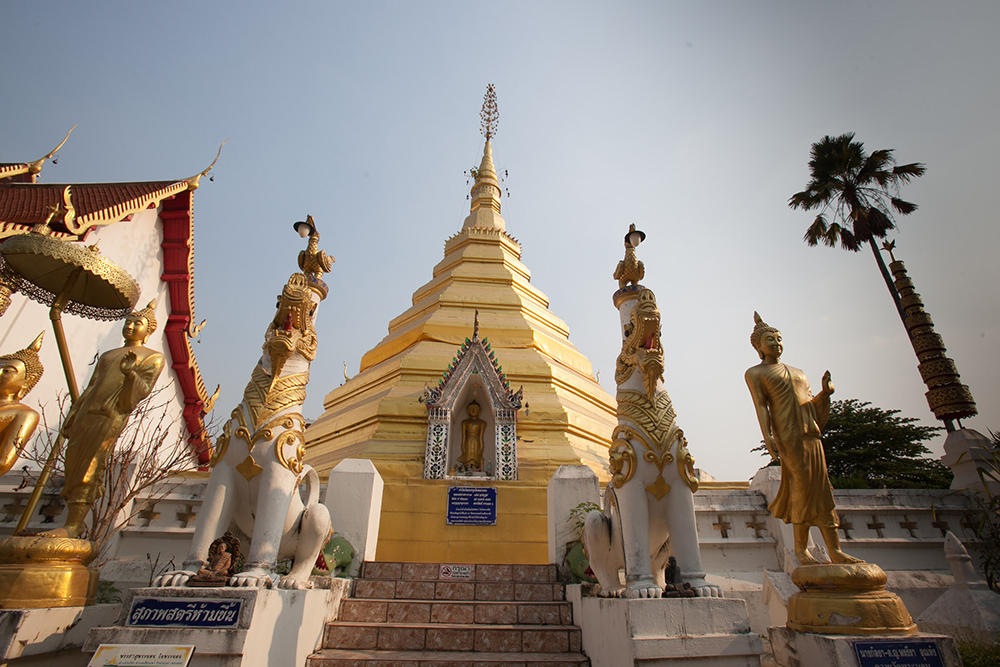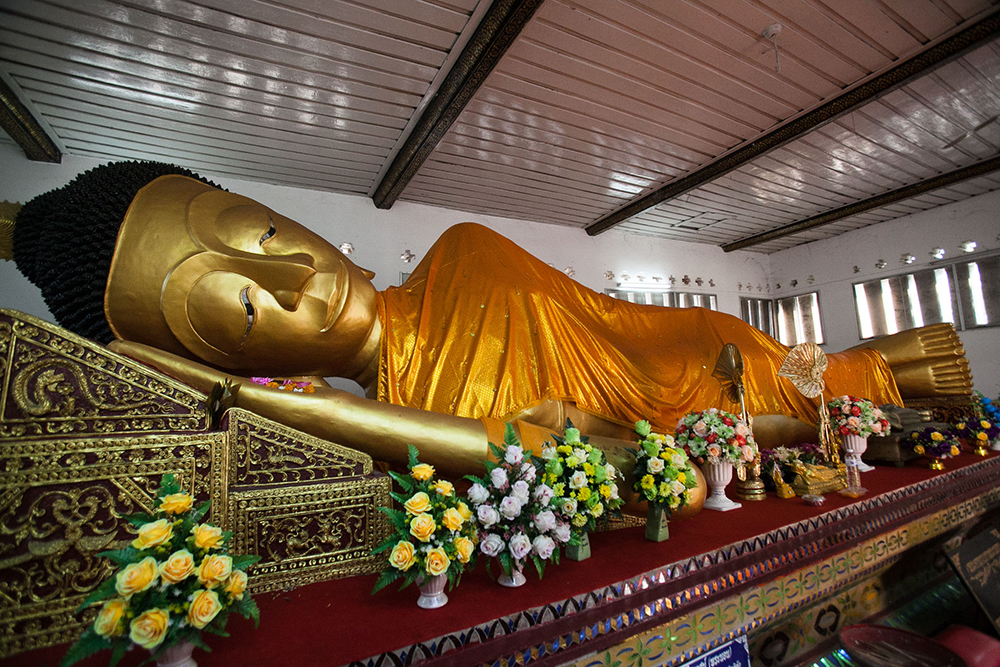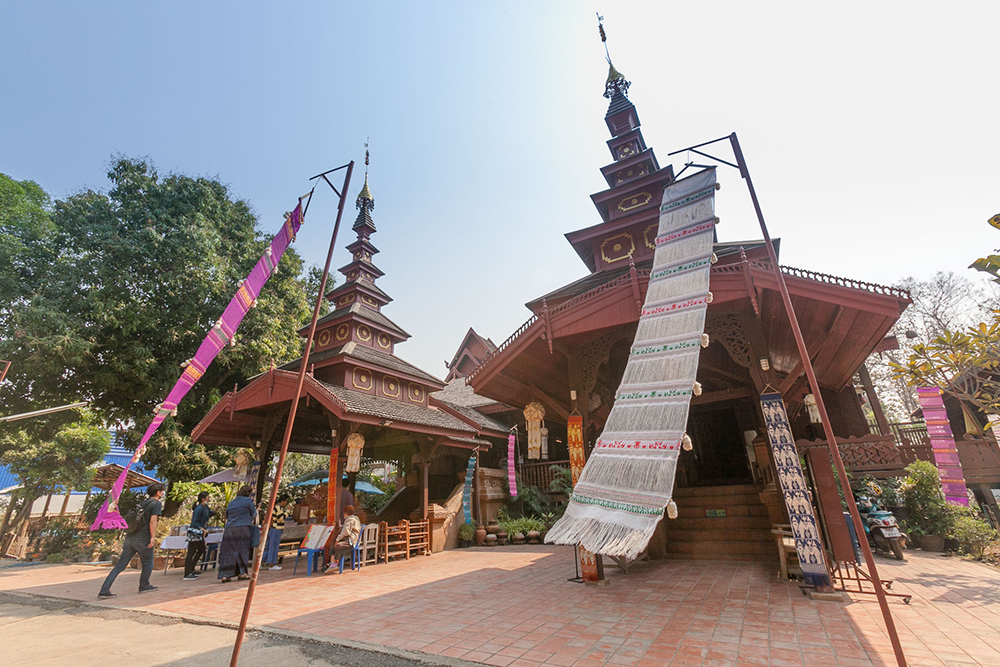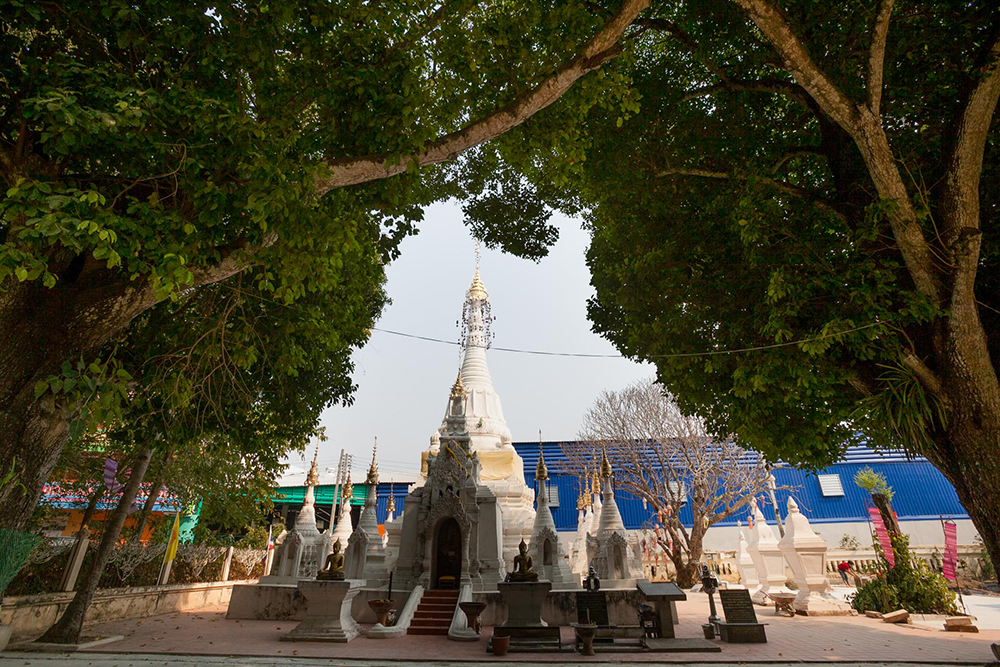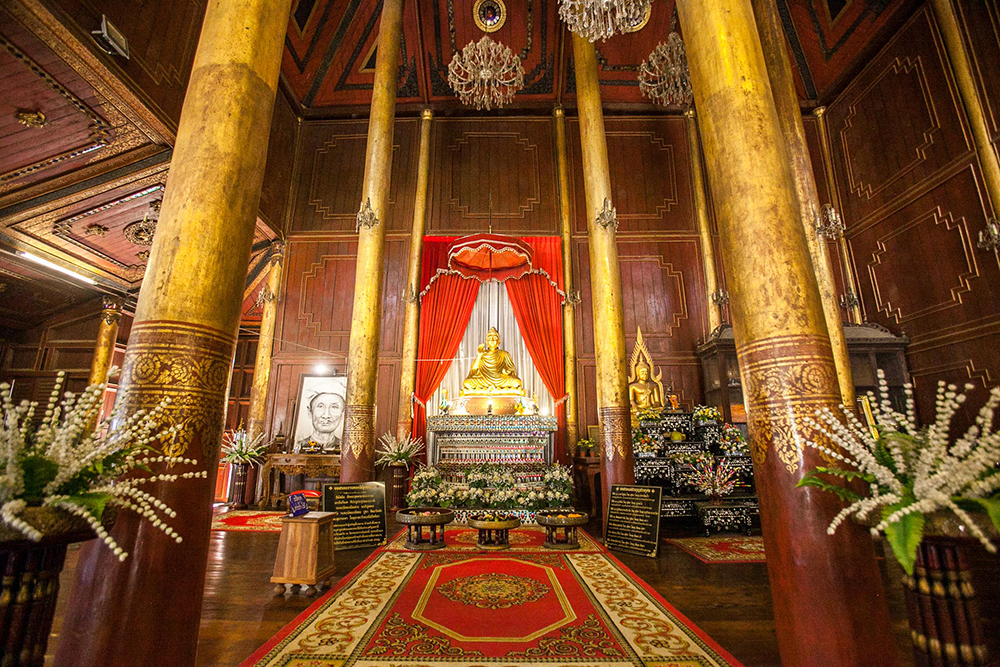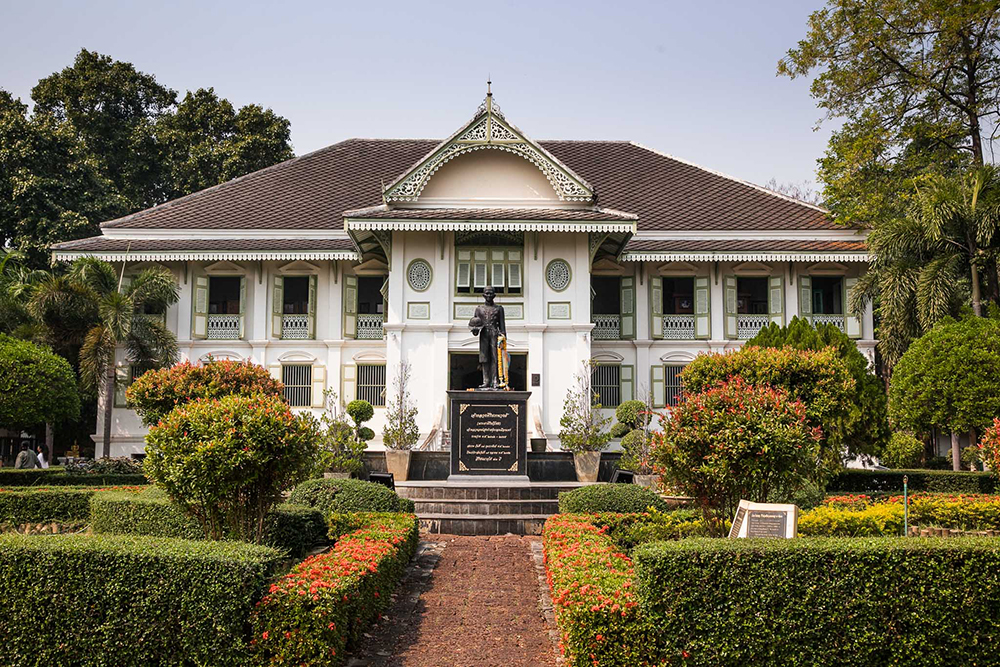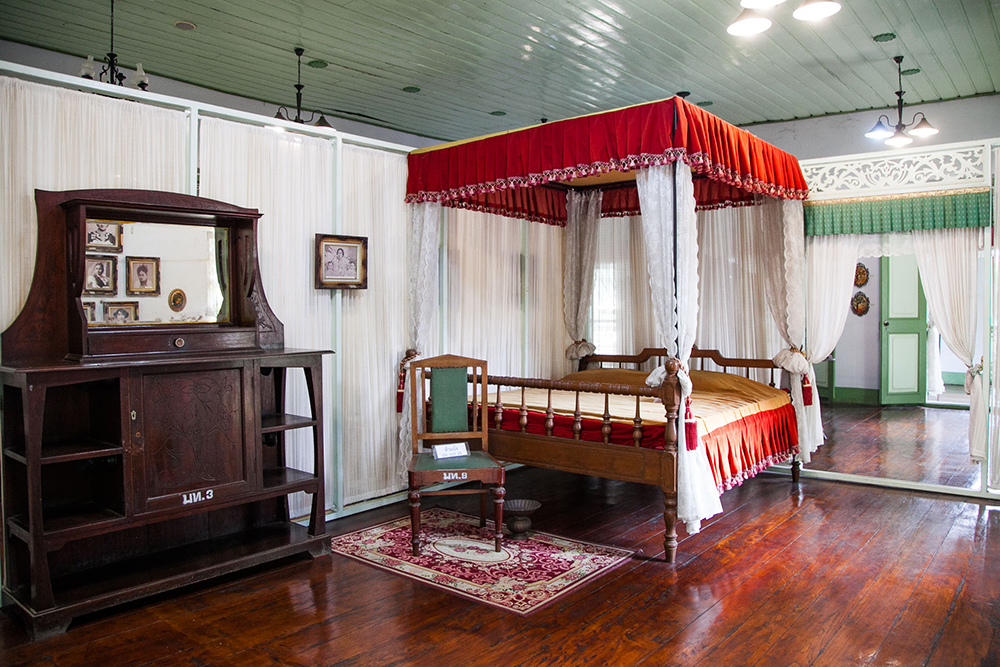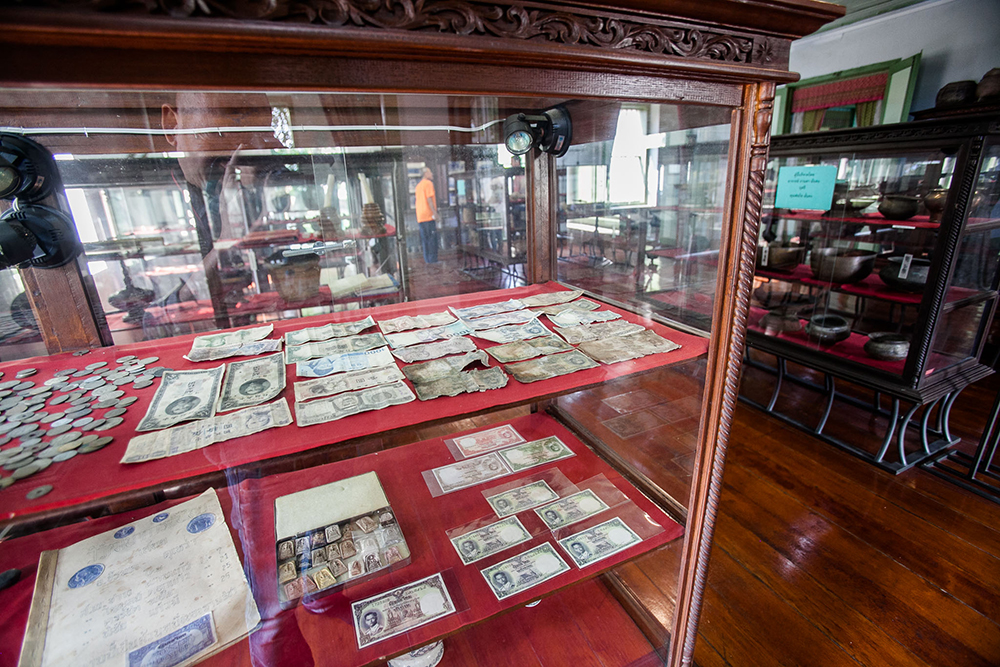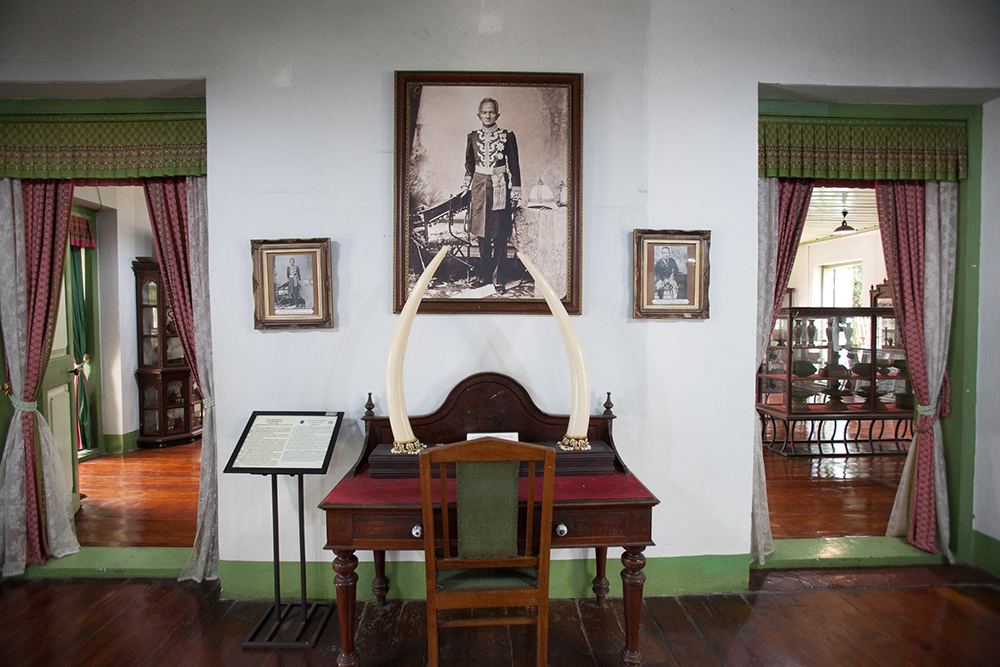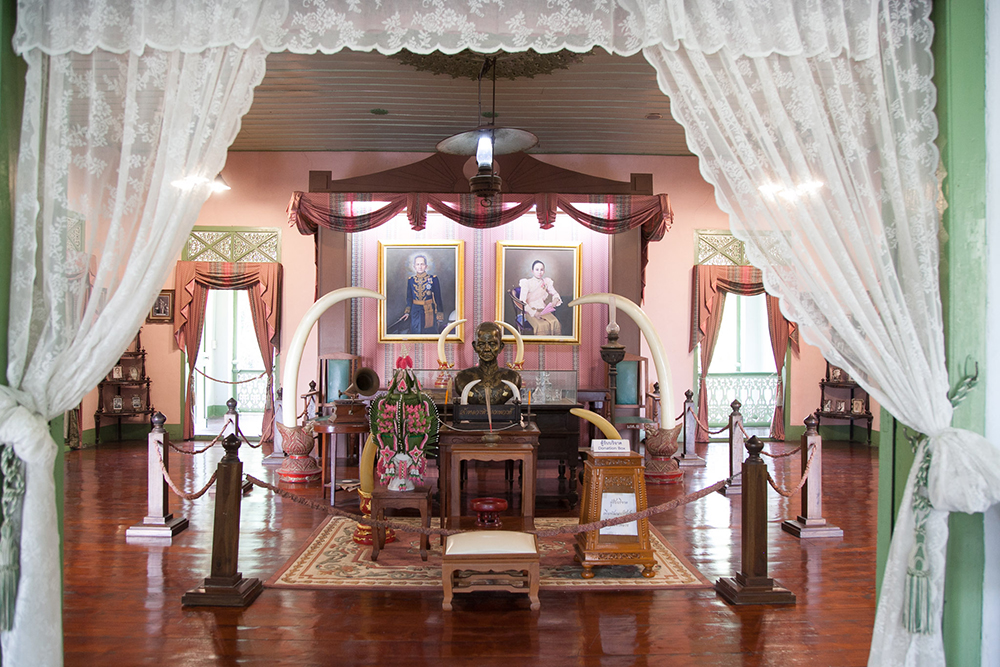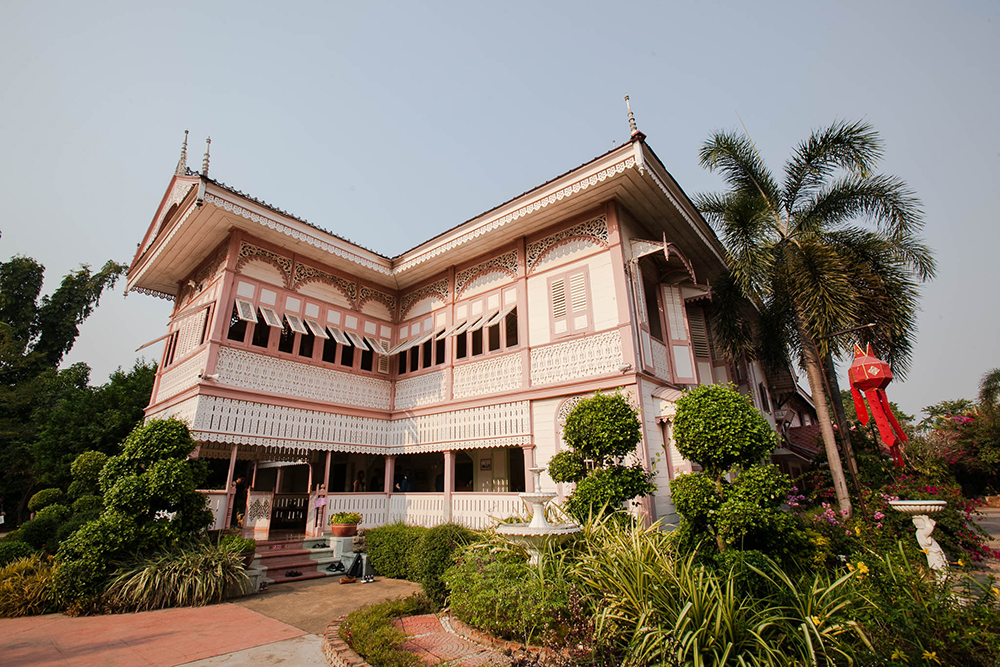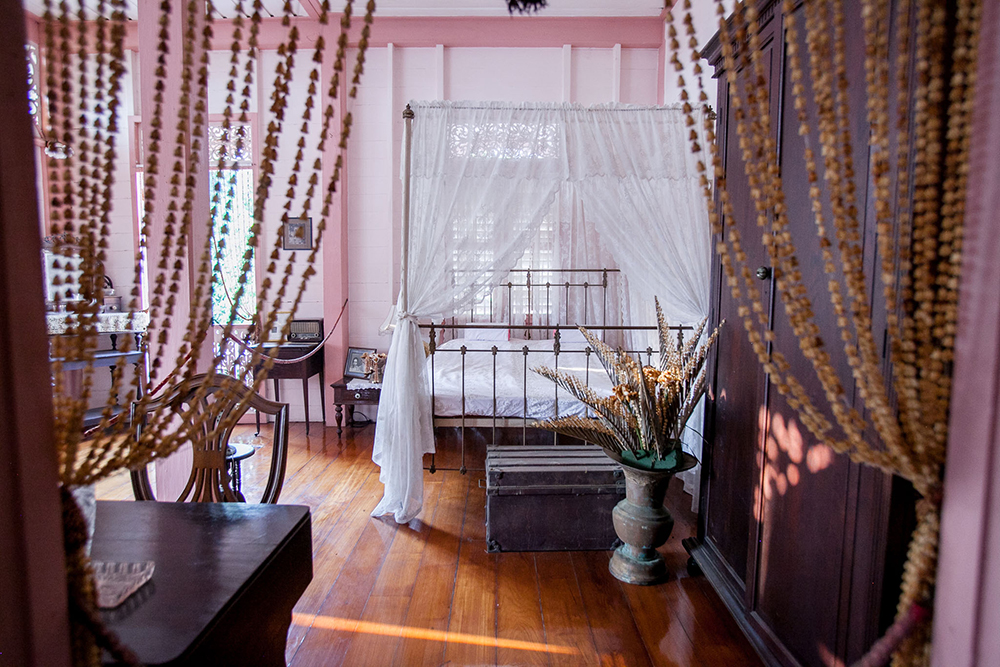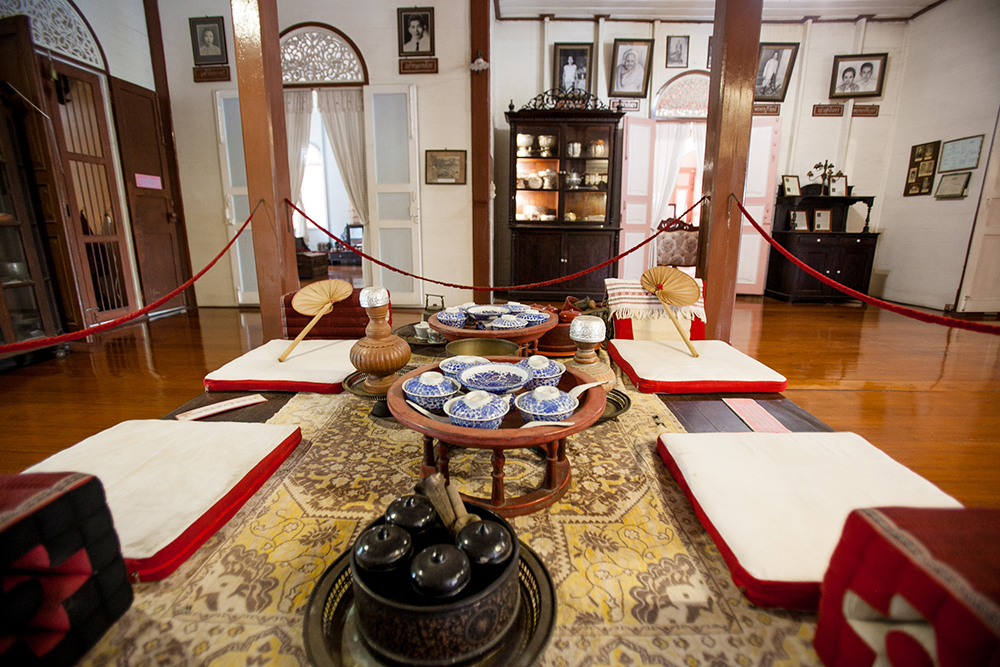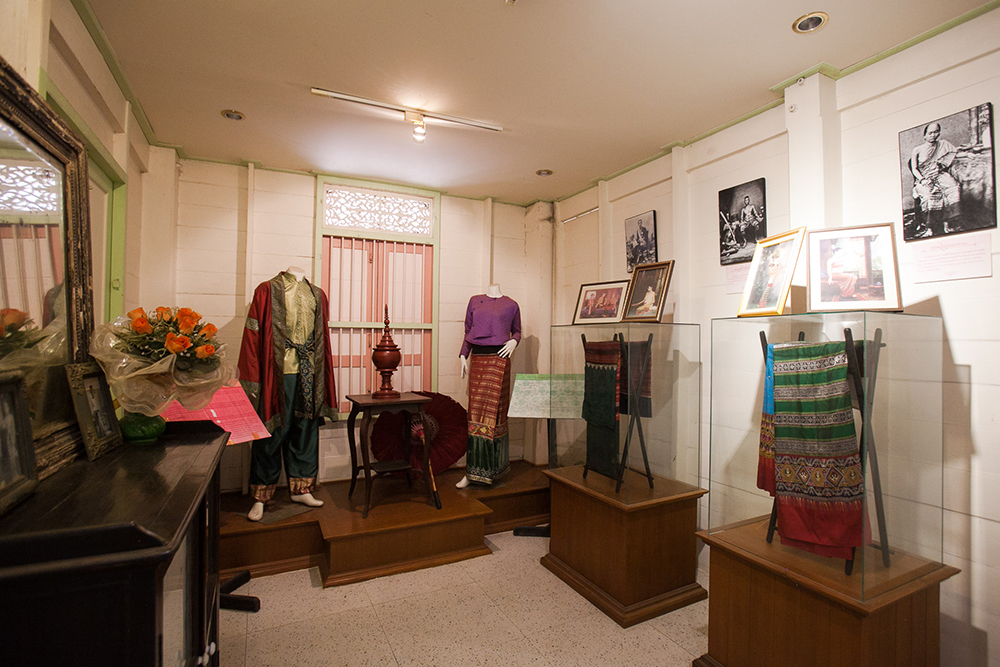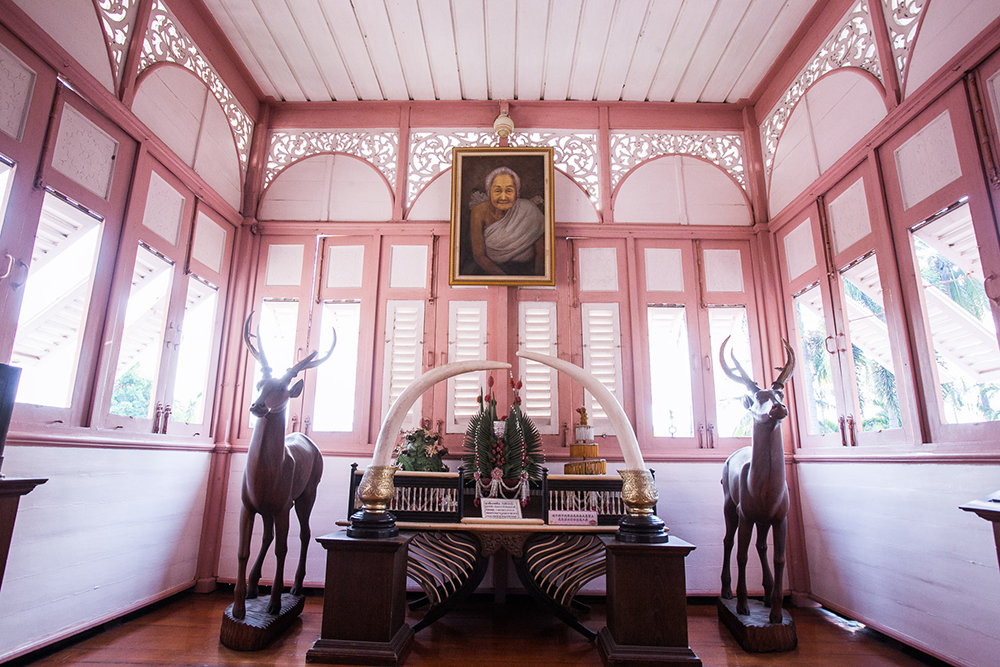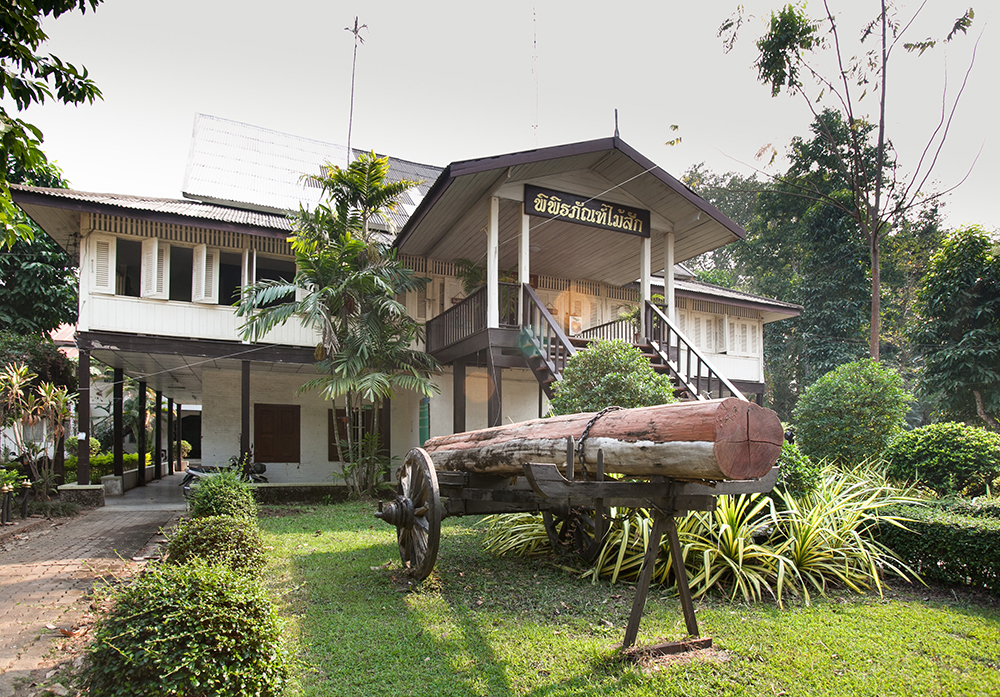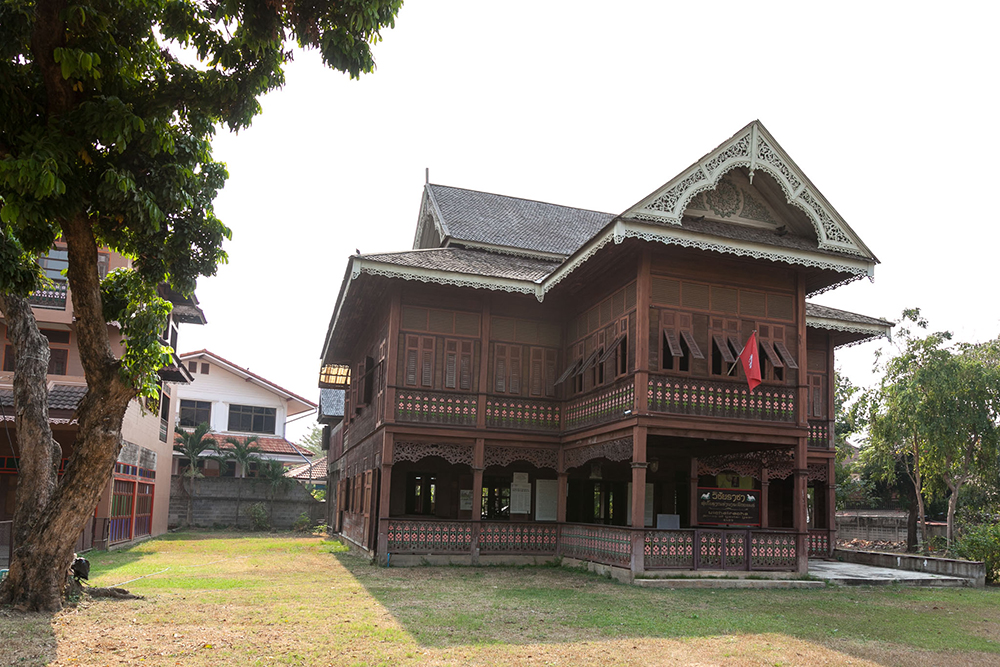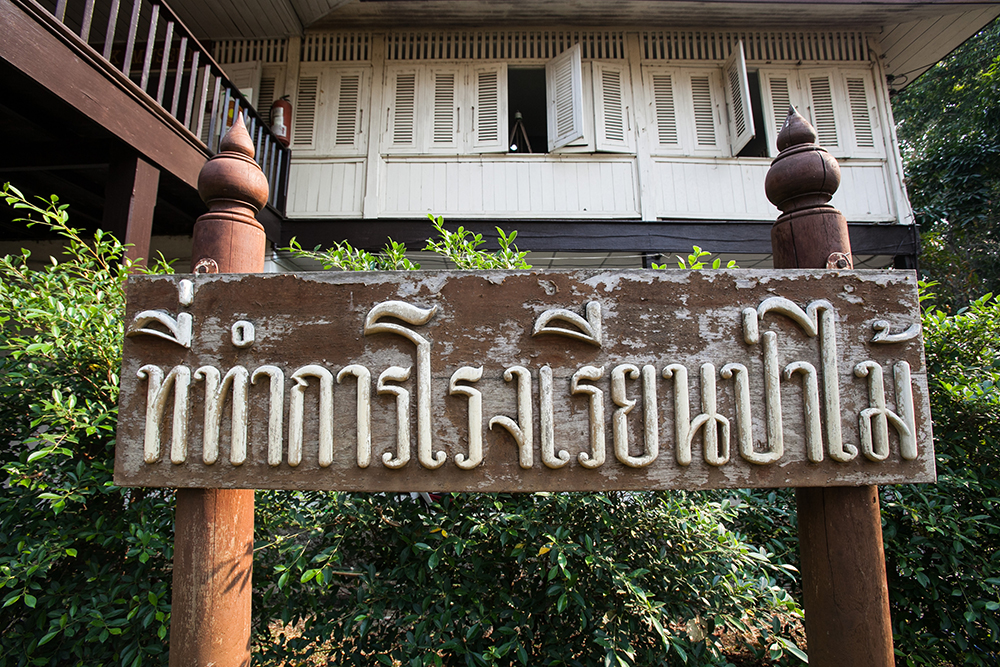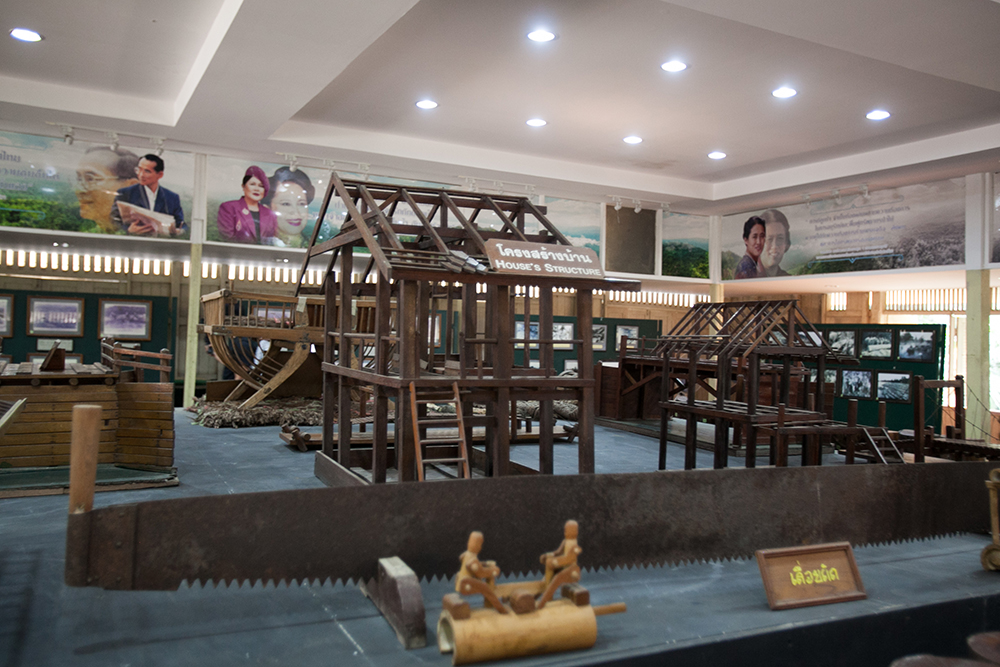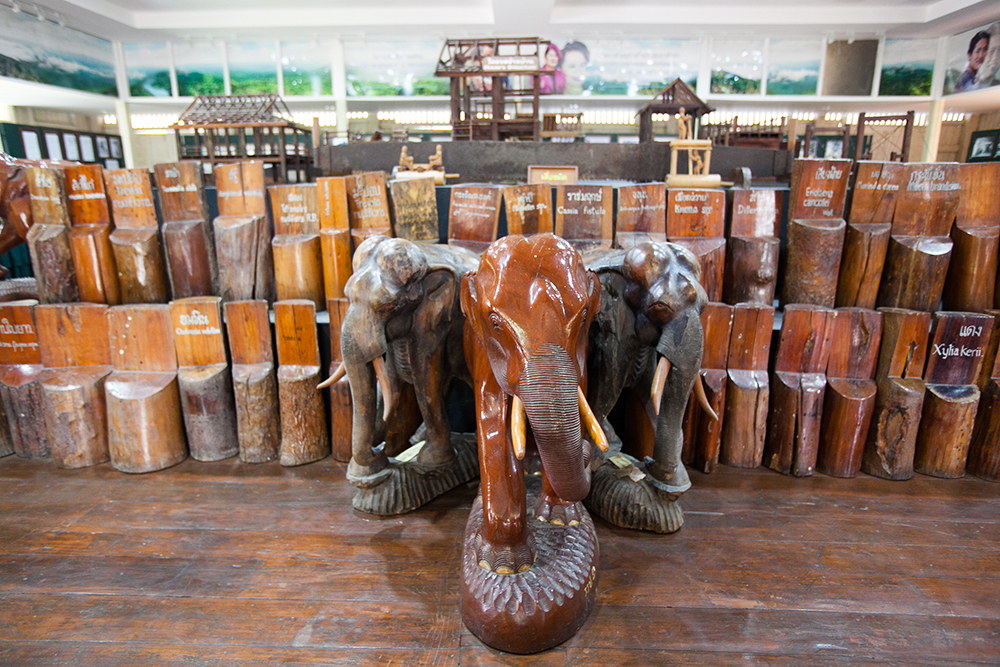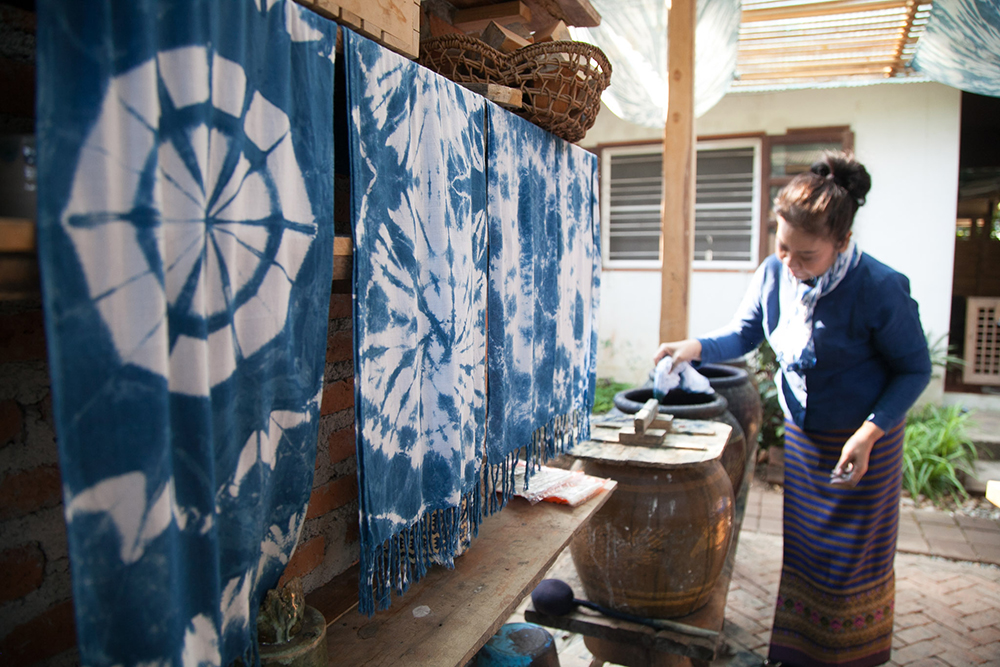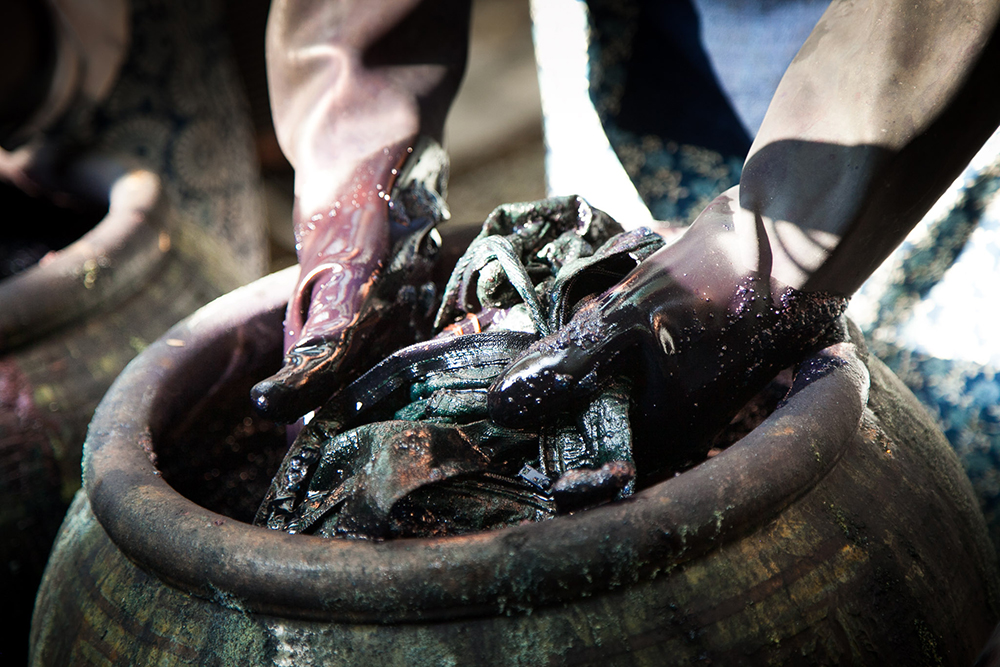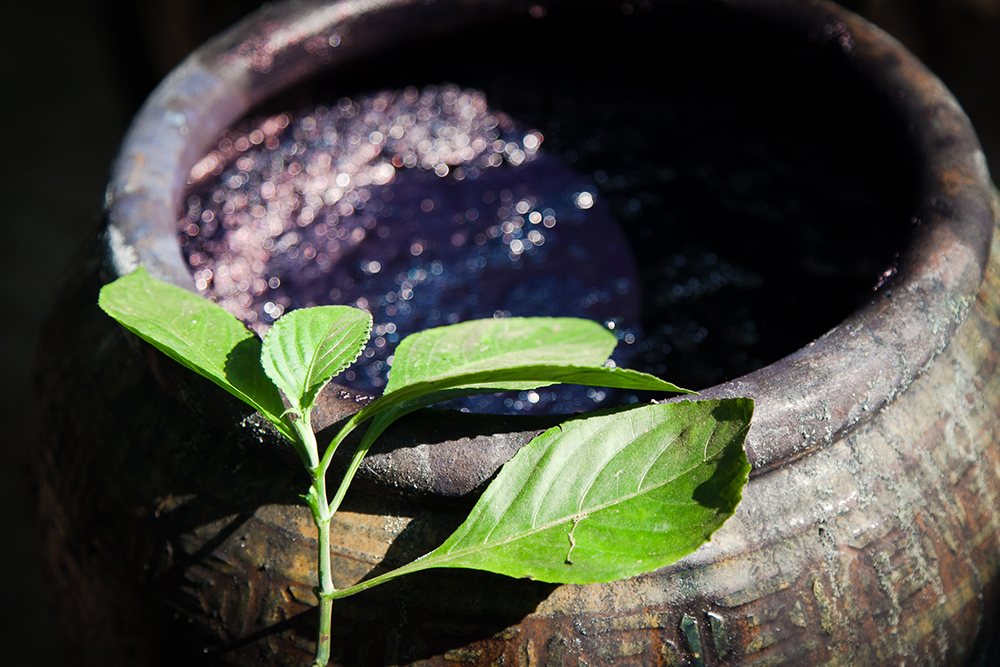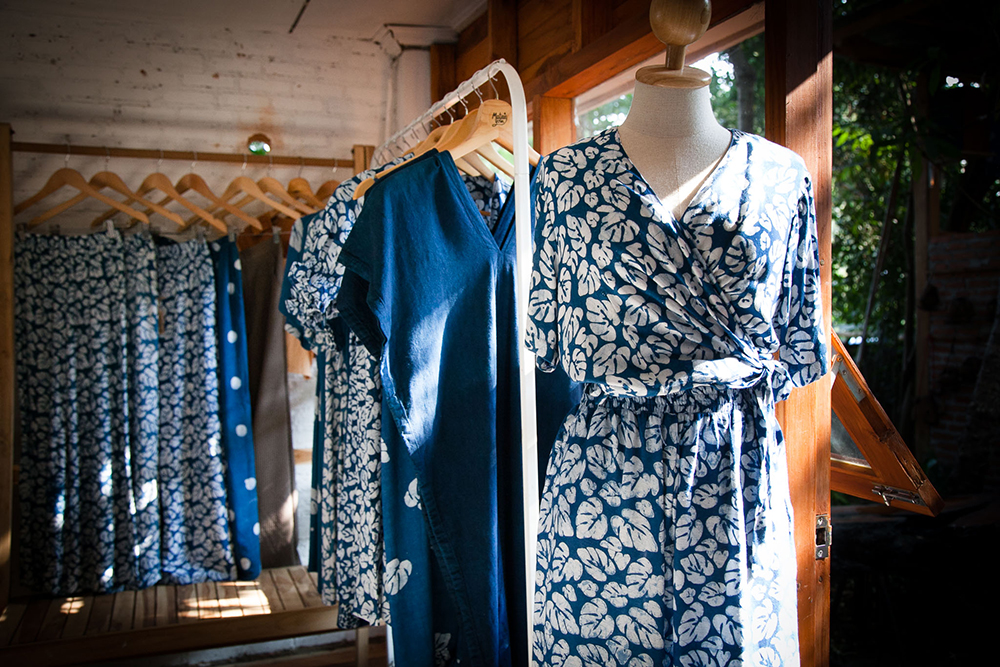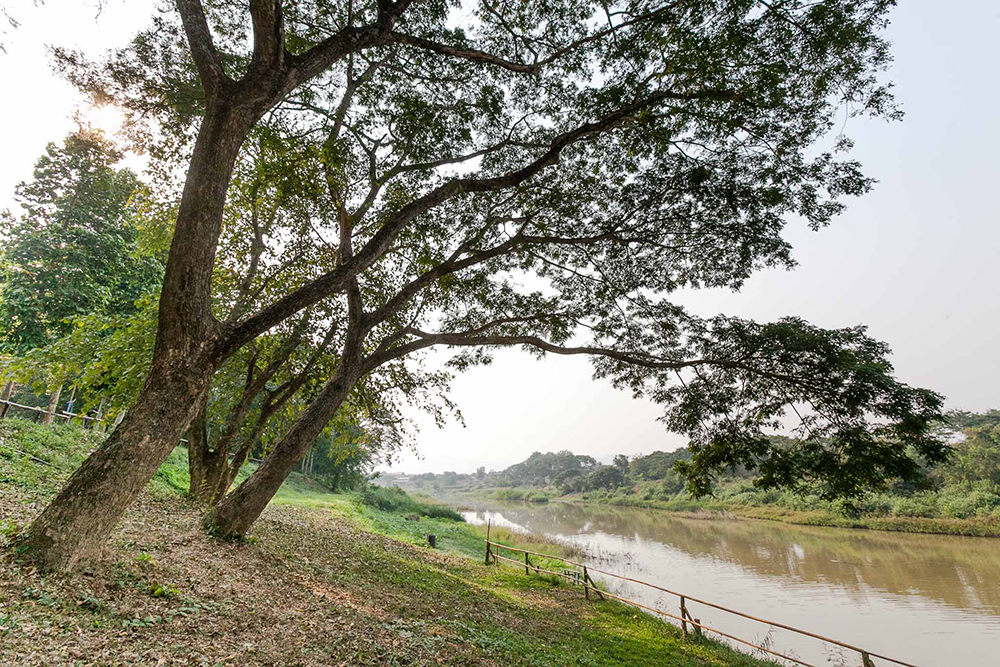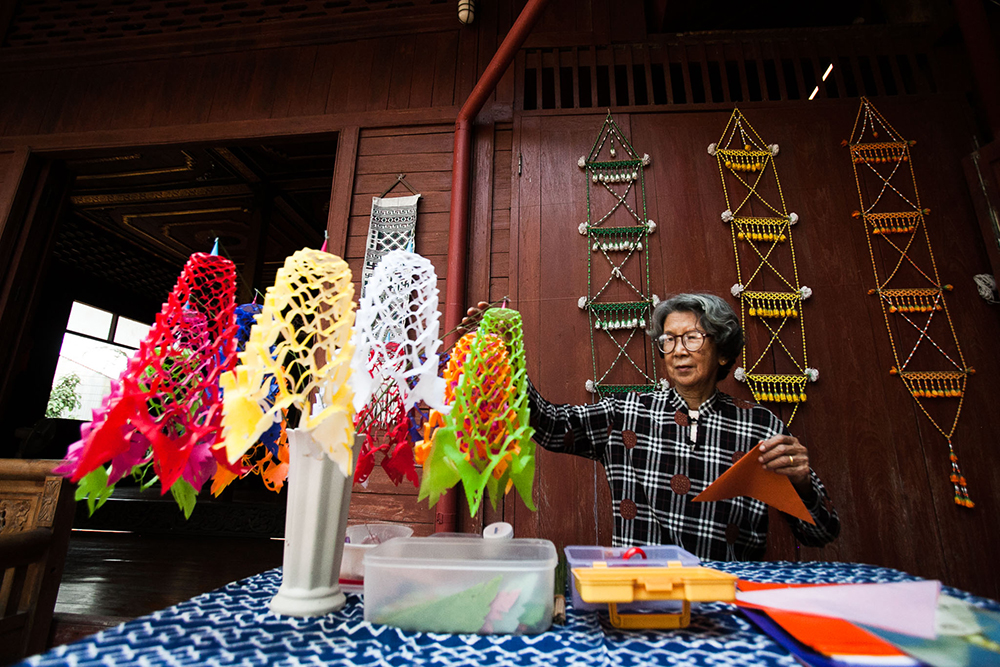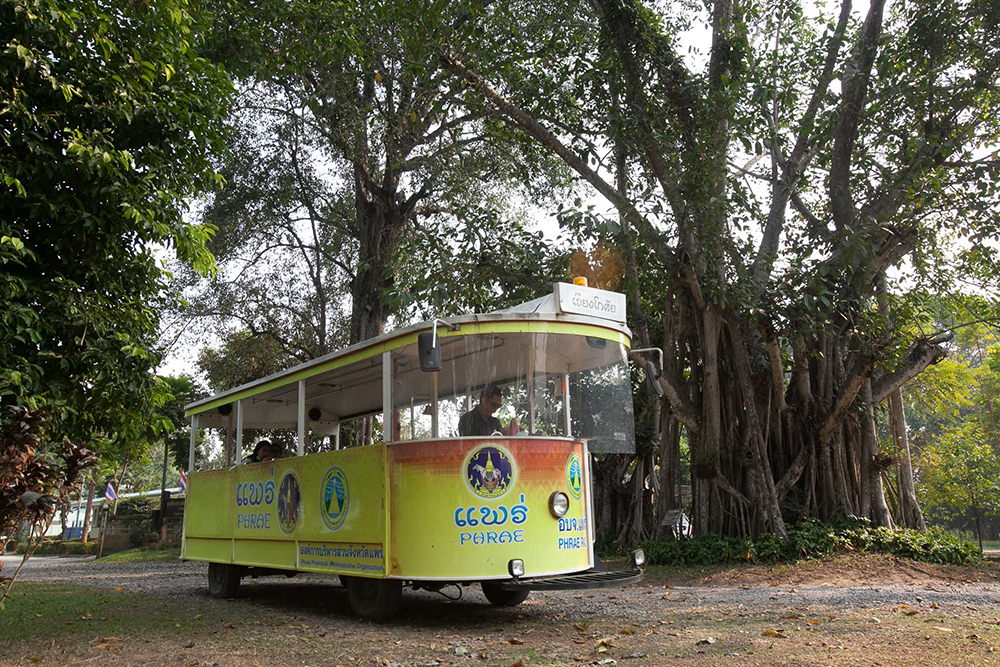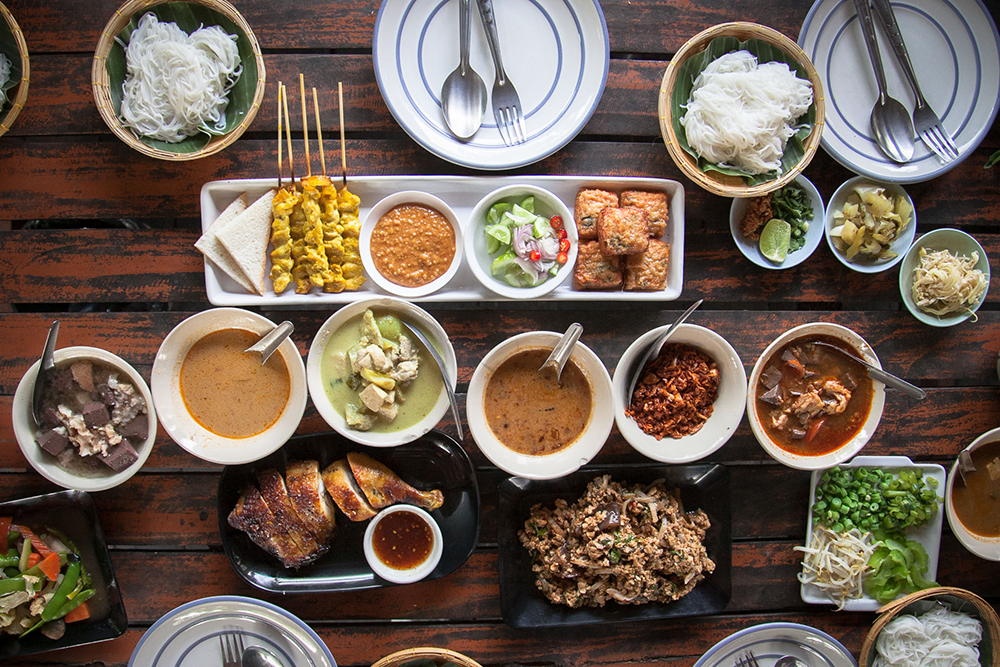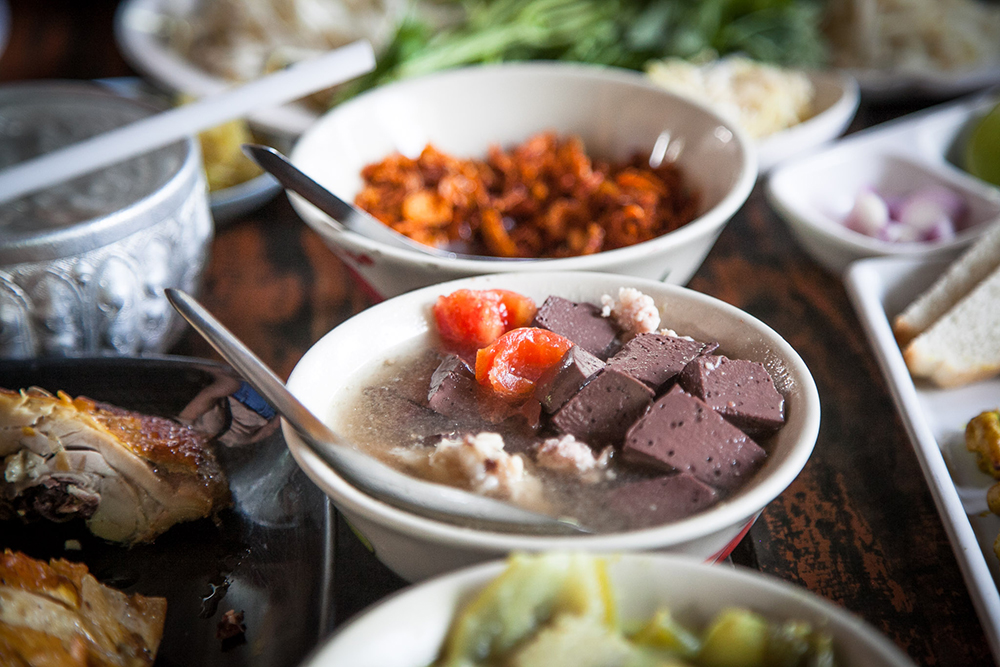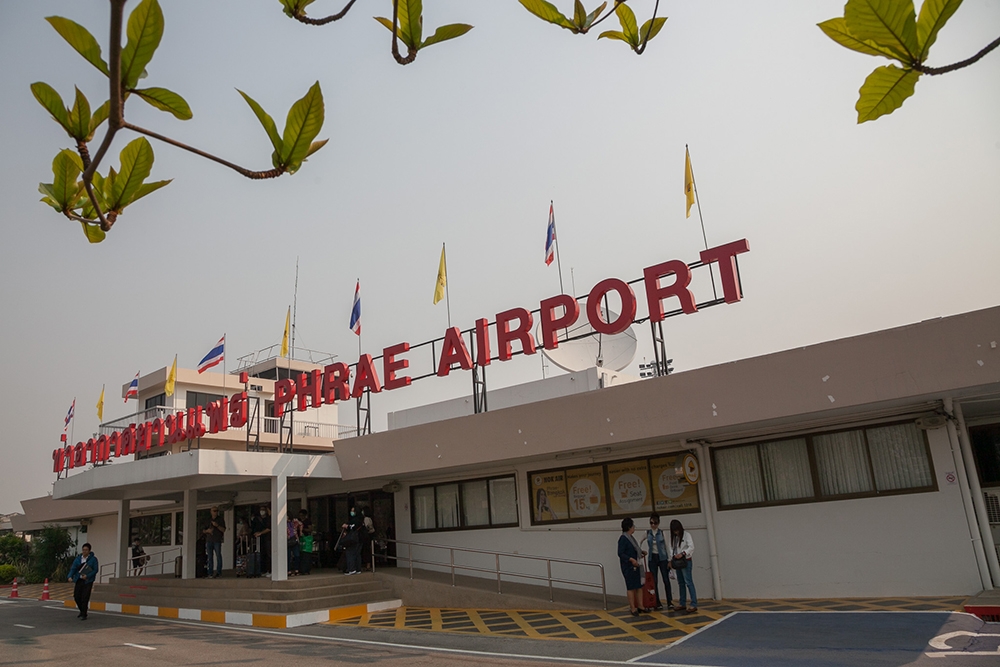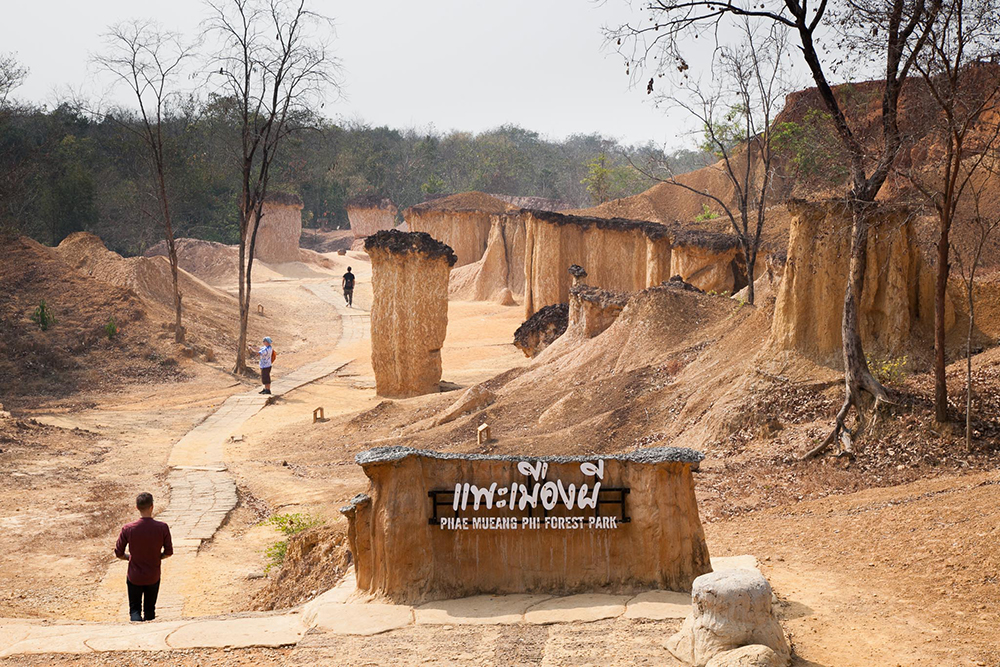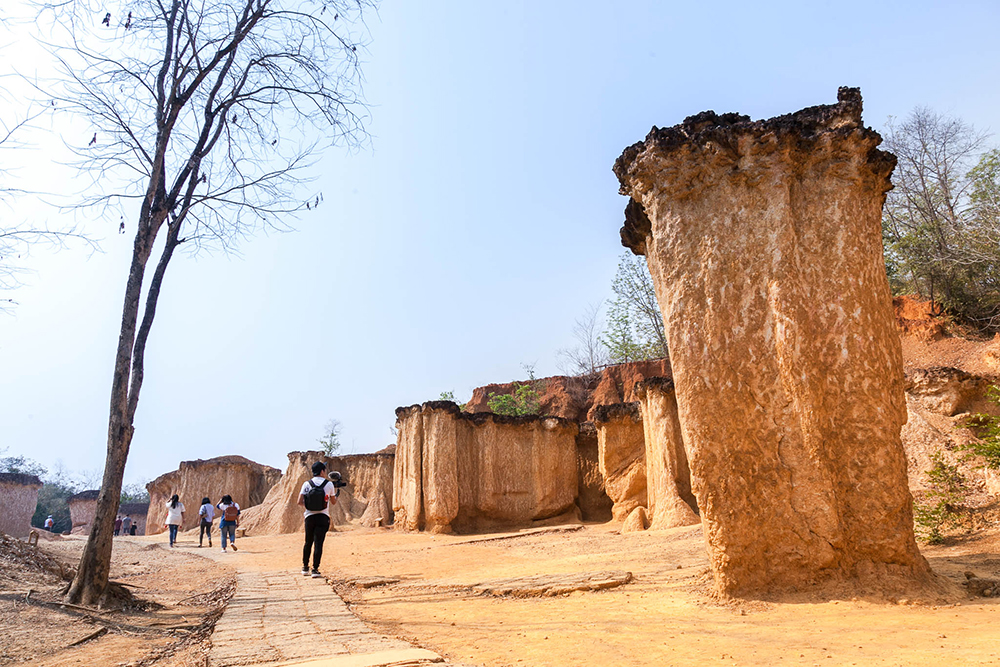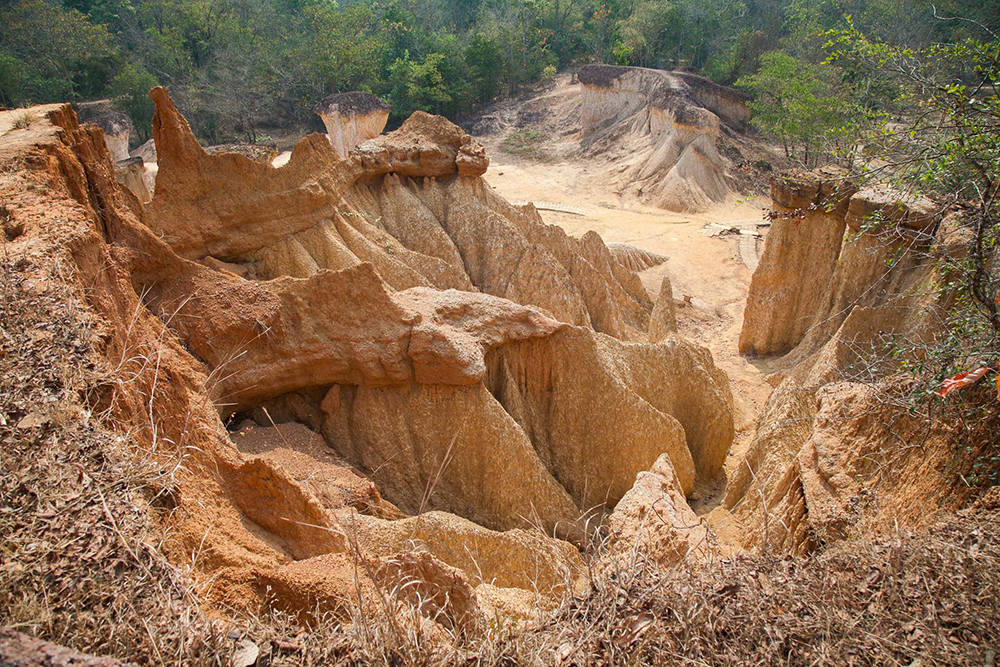For those curious what life in Thailand was like several generations ago need to look no further than Phrae. It is a historical and cultural time capsule and spotlights the country’s fascinating past.
Known for its longstanding history in the Thai teak industry, present day Phrae in the north of Thailand still has a unique cityscape of beautiful stately mansions surrounded by elegant green gardens, all remnants of past glory.
While it remains a sleepy Northern province in the embrace of mountains, it is literally and figuratively a hidden gem. It’s essentially a small town with really big charm that these days is often considered a stop-off by visitors on their way to Nan. However, Phrae is an ascending destination in its own right, a unique place that offers a charming and authentic blend of beautiful architecture, historic religious sites, traditional lifestyles plus a blend of Northern and Northeast Thai (Isan)-style cuisine.
Flight back into time
If time travel were possible then it would start on an ATR-72 flight from Bangkok’s Don Murang International Airport to Phrae Airport, a tiny single runway one baggage belt throwback that allows visitors to disembark and pick up their luggage in minutes. Something about turboprop aviation that harks back to the glory years of early air travel seems to fit the destination to a tee. From the airport, it is only a matter of minutes to Phrae old town where the majority of the town’s accommodation and attractions are located.
Visitors on a late morning flight from Bangkok will find it perfect timing to go straight to have lunch at any of the local restaurants that could have been prepared and served by a Thai great-grandmother. Do try an eclectic mix of Northern culinary delights (think Khao Soi and Nam Phrik Ong), juxtaposed with a selection of Som Tam variations that would make any visitor from Isan proud. Visitors hungry for ‘old-school’ Thai food will love dining in Phrae.
Sacred temples, museums, teak trade and ‘Gingerbread Mansions’
Temple enthusiasts shouldn’t skip Wat Phrathat Cho Hae. Even if it is located around nine kilometres from Phrae’s old town, it is well worth a visit. The temple is believed to have been built between 1336 to 1338 to store various relics of the Lord Buddha, including both hair and parts of his left elbow.
Wat Chom Sawan is a more recent addition built during King Rama V the Great’s reign between 1900 and 1912. This sacred teak wood structure is an exquisite mix of Burmese and Northern Thai architecture with an impressive display of gold leafed pillars reaching up to a vaulted ceiling lined with intricately carved teak panels.
Khum Chao Luang Museum showcases the glory days of the area’s teak trade in the late 19th and early 20th centuries, as the furniture, decorations, household items and period photographs provide insight into an important part of local history.
While Wongburi Mansion is considered another of the best-known reminders of that past glory. Built by a rich logging family, the teak house is also a museum and allows visitors a peek into the lives of the well-to-do at the time.
The Museum of Forestry Training Centre documents Phrae’s central role in the Thai teak trade for over 100 years. It also features a wide variety of period pictures, inventions, and equipment related to the teak timber business.
Last but not least, one activity not to be missed is learning how to make Mo Hom, Thailand’s classic indigo farmer shirts and pants. From weaving to dyeing, Phrae is a great place for visitors to see the whole process of Mo Hom production.
Carbon free transport on a push bike is a great way experience Phrae old town
Most of these historic buildings that paint a picture of the story of Phrae are located within the old town, making it pretty easy to explore all of them by bike (or walking for those looking for exercise). Many of the town’s many guest houses and homestays offer bikes for free in addition to the several rental shops in town.
Still, if visitors don’t need or want the workout, there are guided tours in the back of a three-wheeled rickshaw in addition to the twice daily complementary tram tours.
For those looking for a real local Thai experience, Phrae delivers that and so much more. There’s no better time than now to visit before the rest of the world catches on and gets there first.
And for those looking for an impressive scenery, Phae Mueang Phi Forest Park, a short drive outside of town, is a must-vist natural attraction. It has been described as a geological curiosity. Some 2 million years of erosion has resulted in a landscape of intriguing red sandstone rock formations which, although only covering a small area, isn’t the kind of landscape you see every day.
Also known as the Forest City of Ghosts or Spirit Grove, this sacred forest park has a legend attached to it that tells of a woman who came across gold and silver deposits in the area and tried to take them home with her. This apparently offended the spirits there, and the woman became more and more lost and was only able to find her way home after she put the deposits back.
